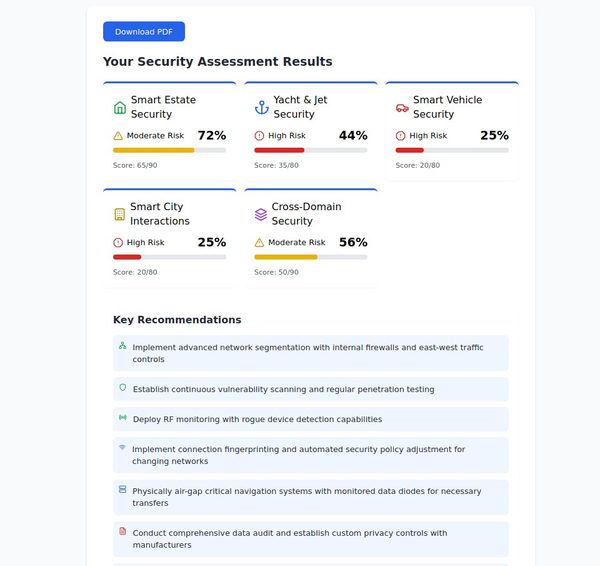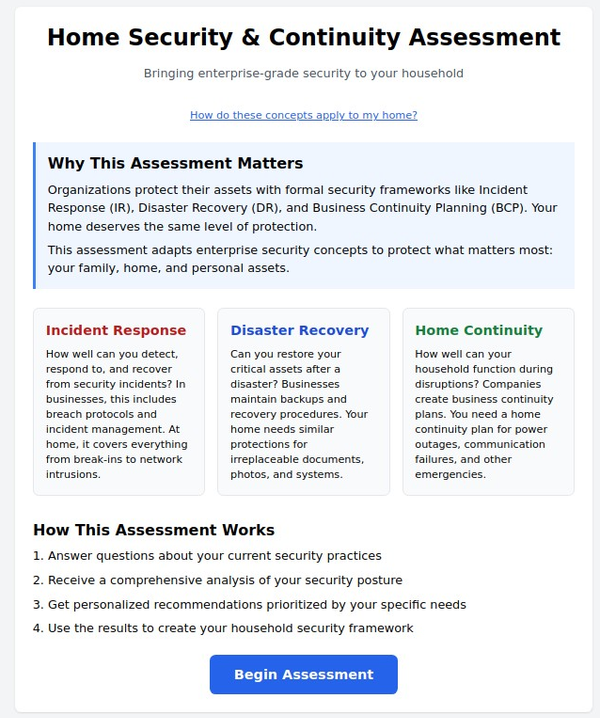The Risks and Challenges of Electrifying 15-Minute Cities: A Smart Urban Planning Perspective

Introduction
The concept of the 15-minute city, where all essential services are within a 15-minute walk or bike ride, has gained traction in urban planning. While these cities aim for efficiency and sustainability, integrating 'smart' infrastructure like electrical grids, sewer treatment plants, and street lights poses unique challenges and risks.
Electrical Grids: The Powerhouse with Potential Pitfalls
- Overload Risk: As 15-minute cities encourage high-density living, the demand on electrical grids can skyrocket. Overloaded grids may lead to frequent power outages, affecting essential services and resident quality of life.
- Smart Grid Integration: Implementing smart grids is crucial for managing electricity demand efficiently. However, smart grids come with cybersecurity risks, as they are more vulnerable to hacking and data breaches.
- Renewable Energy Sources: The integration of renewable energy sources is essential but poses challenges in consistency and storage, requiring advanced technology and investment.
Sewer Treatment Plants: Essential but Potentially Hazardous
- Capacity Issues: With increased density, sewer systems can become overwhelmed, leading to sanitation issues and environmental hazards.
- Smart Water Management: Advanced water treatment technologies are essential for efficiency and sustainability. However, these systems require significant investment and come with their own maintenance and cybersecurity challenges.
- Waste-to-Energy Potential: Innovations in converting waste to energy could be beneficial but require careful management to avoid pollution and health risks.
Street Lights: Illuminating the Path with Smart Technology
- Smart Lighting Systems: These systems can save energy and improve safety but require a robust network infrastructure that is costly to implement and maintain.
- Data Collection and Privacy: Smart street lights often collect data for urban planning purposes, posing privacy concerns for residents.
- Reliability and Maintenance: Ensuring consistent operation and timely maintenance of smart street lights is crucial to avoid dark spots that can compromise safety.
Balancing Efficiency and Safety in Smart Aspects
- Cybersecurity: As more city functions become connected, protecting against cyber threats becomes paramount.
- Sustainable and Resilient Design: Urban planning must focus on sustainability and resilience to natural disasters, considering the higher density of 15-minute cities.
- Community Engagement: Involving residents in planning and decision-making can help identify potential issues and create solutions that meet community needs.
Conclusion
The transition to 15-minute cities represents an innovative step in urban development, promoting sustainability and efficiency. However, the integration of smart infrastructure systems brings complex challenges. Addressing these requires a multi-faceted approach involving advanced technology, robust cybersecurity measures, sustainable practices, and active community involvement. The success of these cities will depend on how well they balance the benefits of smart urban planning with the risks and challenges it presents.





